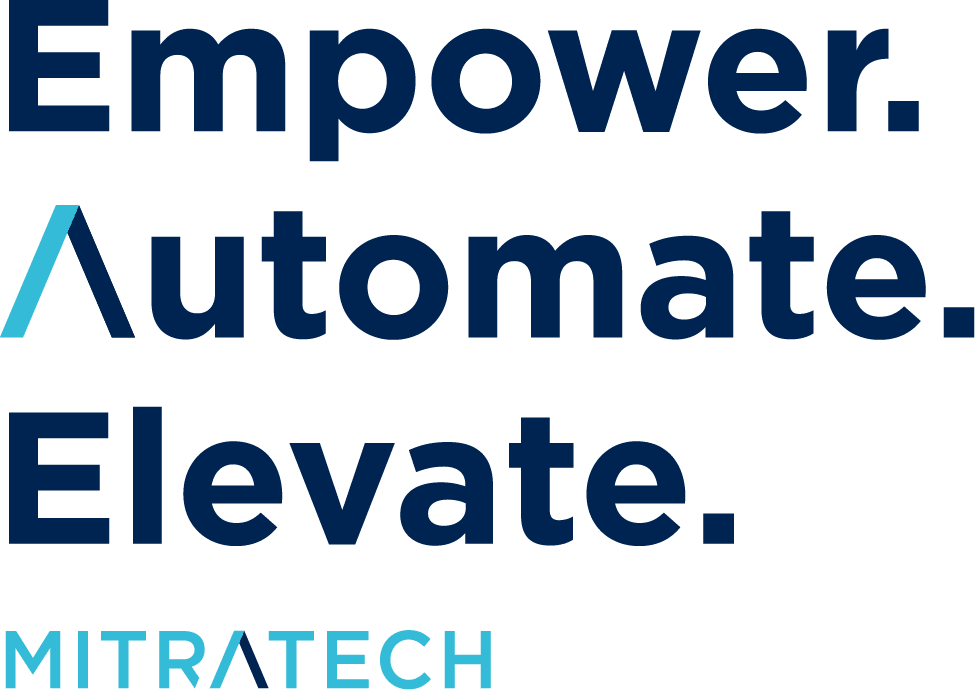Litigation management isn’t just another back-office function — it’s a core strategic driver of the insurance business. Pricing risk and investing premiums may garner headlines, but the ability to manage claims litigation efficiently is what truly moves the needle on profitability and resilience.
And the stakes are only rising. Liability claims aren’t creeping up — in the U.S. they’ve grown ~57% over the past decade, fueled by swelling litigation costs. With legal spend becoming a top-line risk, you can’t afford for the legal entities inside your company to operate in silos or without visibility.
What makes insurance unique is that legal doesn’t live in one place. Most carriers actually operate three distinct organizations, each with different mandates, workflows, and technology needs. Together, they create a legal ecosystem unlike any other industry.
- Corporate Legal, where spend visibility and regulatory risk dominate.
- Staff Counsel, the captive law firms are tasked with processing high volumes of everyday claims.
- Claims Litigation, where high-stakes matters are outsourced and every line item of spend is under scrutiny.
For most insurers, the real challenge isn’t just automation — it’s connecting these data and teams. Without compatible systems, visibility across corporate legal and claims litigation is limited. Teams spend hours reconciling data between systems; a process that slows down reporting, increases errors, and clouds overall analytics.
Let’s dive into the pressures and opportunities facing each when it comes to insurance automation (and better visibility between teams!).
Corporate Legal: From Fragmented to Unified
When litigation, regulatory risk, and transactions all land on your desk, the last thing you need is a maze of siloed systems. Yet that’s where many corporate legal teams find themselves — unable to see a consolidated view of spend, exposures, or outcomes.
Relying heavily on outside counsel only amplifies the problem: spend can balloon quickly, and without visibility, it’s nearly impossible to manage risk in real-time. Modern matter management and e-billing platforms are changing that picture. By unifying operations across legal, claims, and staff counsel, CLOs are finally gaining the insights they need to safeguard the business and rein in costs.
Staff Counsel: Law Firm Discipline, Insurance Scale
No other industry operates its own captive law firms the way the insurance industry does. Staff counsel teams carry enormous caseloads of high-volume, low-complexity defense matters — including auto claims, slip-and-falls, and everything in between.
The pressure is relentless: keep throughput high, maintain quality, and do it all while dealing with turnover that makes consistency a daily battle. That’s why staff counsel operations demand a different tech foundation than corporate legal or claims litigation. Standardized case management, document automation, and intuitive workflows enable these teams to operate with law firm-level rigor — while delivering the visibility and analytics needed to stay aligned with claims and corporate legal at scale.
Claims Litigation: Controlling High-Stakes Spend
When cases escalate into complex, high-value territory, outside counsel takes over. But with hundreds of millions (sometimes billions) of dollars flowing out annually, every invoice becomes a matter of scrutiny.
Claims litigation leaders understand the stakes: a single uncontrolled matter can ripple through financial performance. This is why managed bill review (MBR) — both real-time auditing and retrospective reviews after settlements — has become indispensable. With the ability to evaluate fees line by line, insurers gain leverage in negotiations, predictability in forecasting, and confidence that spend truly matches outcomes.
The theme is the same: efficiency, predictability, and visibility in an industry defined by risk. Automation and analytics aren’t just operational upgrades — they’re the competitive edge against:
- Too many systems that don’t talk to each other, leaving you blind to spend or outcomes.
- High turnover in staff counsel teams, making it hard to maintain consistency.
- Outside counsel bills that keep climbing, with limited ways to challenge or audit them effectively.
- Manual, repetitive processes that eat up attorney time and slow down resolution.
A Journey Many Insurers Are Already On
One top carrier’s journey shows how transformation unfolds step by step:
- Starting Point: Home Office Legal
They began by modernizing matter management for the home office litigation team. Siloed systems made it nearly impossible to get a clear view of operations, and manual work slowed everything down. - Phase Two: Workflow Automation
Next, the legal innovation team led a shift away from inflexible systems that required vendor intervention for every change. Moving to configurable workflow automation gave them control and eliminated the integration headaches. - Expansion Across Legal
With momentum building, they expanded connected platforms across the entire home office legal team, adding hosting and new environments to support broader operations. - Field Legal Transformation
The breakthrough came when staff counsel, managing thousands of low-complexity cases, replaced outdated tools with modern case management, automation, and document generation. This instantly standardized processes and sped up filings across thousands of users and documents. - Looking Ahead
Now, they’re planning the next wave: e-billing for both home office and field legal, manage bill review for high-stakes claims litigation, and potentially extending into broader GRC and HR compliance.
This trajectory isn’t unique. It reflects how many insurers approach transformation: start with a beachhead, prove the value, and expand across the triad.
Why It Works
Insurance leaders are already wired for analytics — actuaries have been modeling risk for a century. That same DNA is why the industry leans into automation and predictive insights faster than you might expect.
- Automation eliminates repetitive work that drags down throughput.
- Advanced analytics are increasingly helping insurers allocate resources and identify cost savings.
- Standardized systems reduce the pain of turnover and onboarding.
- Bill review ensures outside counsel spend is under control before it becomes a headline risk.
Not to mention, tech budgets are rising fast — 61% of GCs said they expect their budgets to increase again in 2025, with an average 5% increase. Plus, in 2025, GCs anticipate they will increase spending 44% on technology. But rising budgets help only if spend is targeted, integrated, and predictive.
For insurance leaders, modernization isn’t optional. The only question is how quickly you can capture the efficiency, resilience, and competitive advantage that automation now makes possible.
Want to see how leading insurers are automating their legal and claims operations?
Talk with a Mitratech expert or explore our Insurance Automation Toolkit to see what’s possible.



